Using Google Analytics is a must because it allows you to measure your results efficiently. Or does it?
Data is good. Google Analytics makes it quick and easy to get it.
You absolutely need Google Analytics to measure your results. There’s no way around it.
But did you know that the platform can lie to you without you ever knowing? And that means your data might be totally wrong.
When your data is wrong, there’s no way to rely on it to make any future marketing decisions.
If you do, you might make a costly mistake that you can’t fix. Tainted data can’t be trusted.
It can be hard to get things back on track once data errors throw your data out of whack, even if you have a skilled analytics team on hand.
Luckily, there are ways to fix most lies. That is once you know what they are.
That’s why I’ve created a list of eight lies Google Analytics is telling you, along with ways you can fix each one.
The first place to look for lies is dark traffic disguised as direct traffic.
Lie #1. “Dark traffic” on the rise
Dark traffic can simply be thought of as hidden traffic. And you need to shine a light on it quick.
It masks itself as “direct” traffic, but it’s actually everything else. Email, social, organic search, you name it.
Dark traffic skews a huge chunk of what you think you know about your visitor traffic statistics.
That’s mostly because analytics platforms, including Google, have a hard time tracking every single kind of traffic source.
TalkWalker did their own analysis to find out exactly how dark traffic affects their brand. Their findings? At least 21% of their direct traffic can be categorized as “dark social” traffic.
This is a huge chunk. And it’s happening to you, too.
Because of this, the campaigns you’re running aren’t getting the credit that they deserve. And neither are you.
But the problem is even worse when it distorts your organic search traffic analytics.
It happens to the best of us.
Even Groupon recently discovered that as much as 60% of their direct traffic could be classified as organic search.
The good news is that you can prevent a ton of issues by tagging your links across social (or email) with a UTM builder. Google and Buffer both offer easy-to-use UTM builders.
All you have to do is make sure that your links are tagged before they go live and you’re set.
But that solution doesn’t always fix the organic search issue.
Dark traffic will affect short, simple URLs first.
Like your homepage, for example.
That’s because the homepage is usually the first place people land on your site.
But long URLs will be affected even more than homepages because they probably aren’t getting a ton of direct traffic. Using a UTM builder will at least help with those.
Out of all dark traffic, hidden social referral traffic is probably the most common. Here’s why.
Lie #2. Hidden social referral traffic
Arguably, the biggest data lie that Google Analytics is telling you is that it hides most of your Facebook traffic. And all social referral traffic, for that matter.
Facebook and Google track visitors in very different ways, so the analytics results aren’t reliable. It’s hard to know which platform to listen to.
If you’ve ever noticed a difference between the number of Facebook clicks that Ad Insights says you’ve received versus the number you see on Google Analytics, you know what I’m talking about.
People began to notice this back in 2014, and it’s still an issue in 2018.
One of the main causes for these differences is that Facebook Ads send people to in-app browsers once their links are clicked.
These in-app browsers don’t work the same way as traditional ones.
This means that the interaction won’t show up as referral traffic from Facebook.com, even though it technically is.
Solve this problem by using Google’s URL builder and UTM codes for each social media platform (Twitter, Pinterest, Instagram, etc.).
For Facebook, try out Google’s Facebook URL builder so you don’t have to leave the platform to track links.
Tip: Generate these links using Google’s URL builder to use across all social media platforms, including your Instagram, Pinterest, Twitter Ads, LinkedIn, and more.
This will help you keep track of any social referrals that Google Analytics is missing.
“Missing traffic” is also the reason why you should quit focusing on vanity metrics in the first place. They’re inaccurate.
Lie #3. Emphasis on vanity metrics
Traffic and pageviews are an easy way to track your site’s progress.
Or are they?
The truth is that they don’t really tell you anything concrete. It’s really easy to think your site is doing well because of high pageviews, even if it isn’t.
For example, say you’ve got some popular blog posts that are getting a high number of visits. Good news!
But if the bounce rates for those pages are high, those pageviews don’t mean a whole lot. People might be clicking on your content, but it doesn’t mean they’re sticking around.
Thousands of monthly visitors aren’t adding any value if a huge chunk of them are exiting off of your page immediately.
That’s why you can’t place such a huge weight on vanity metrics. If anything, use them to gauge whether or not your site is holding people’s attention.
If too many people are bouncing, improve your page interactions or use a heat map to figure out what’s making them leave.
You’ve got to look at the whole picture when it comes to numbers. And the same applies to links.
Lie #4. Misleading ghost spam links
If you thought spam was only a problem to worry about on your blog posts or in your email inbox, you’re wrong.
Ghost spam links can also mess up your Google Analytics traffic data.
That’s because ghost spammers never access your site but send fake codes to make it look like they have.
Here’s how ghost spam works:
Ghost spammers get into your Google Analytics with the Measurement Protocol, meaning that they can send data (even false data) directly to Google Analytics servers.
Since visits from ghost spammers are fake, they make you think you’re getting tons more traffic than you actually are.
That’s bad for conversion rates.
The good news is that you can identify these ghost spam links and filter them out using the Loganix referral spam segment.
You can identify ghost spammers by looking for three factors:
- Whether the source of the traffic is already on a list of ghost spam sources
- If a non-valid site is included in the hostname
- Unshown screen colors or resolution specs that may indicate that the site is fake (They might look something like 0 x 0, 1 x 1, or 790 x 1, for example:
To avoid this problem, be sure that Google’s Bot Filtering is turned on. To check, click on the “View Settings” button.
From there, scroll down to “Bot filtering” and select the box next to “Exclude all hits from known bots and spiders.”
Once this feature is enabled, views from big spammers won’t be included in your analytics. Any hits from bots or spiders will get filtered out of your results.
To stop smaller, unknown spammers, read the Ahrefs guide to stopping referral spam in Google Analytics.
But that’s only a portion of the misinformation. A/B tests can lead to false information, too.
Lie #5. Positive A/B tests
A/B tests require a ton of effort, and there usually isn’t a very high reward.
Your chances of A/B test success are very slim, and you’ll need at least 1,000 monthly conversions before you see any significant results.
Most people only use two different variations, which leads to much lower conversion rates.
You’ve got to test at least five variations to see real results, which takes even more effort than the two you originally planned to run.
To put it simply, the amount of time it takes to successfully complete an A/B test might not be worth it.
And false positives are common. If you remove form fields, for example, you’ll obviously see more positive results.
The same thing applies when you ask for a credit card upon signup. Ask, and your conversion rates will decrease. Don’t ask, and they’ll go up.
Totango previously saw a drop from 10% to 2%, and as many as 70% of free trials were completely pointless.
It makes sense.
If you let more people through the gate to your site, but they are lower-quality leads, then positive A/B tests won’t always tell the truth.
Unless you’re watching your entire sales funnel, there’s no way to really know if an A/B test was a complete success.
And the leads you track aren’t as important as closed sales, either.
Lie #6. Too much emphasis on leads instead of sales
Analytics data can tell you how many leads a campaign drives.
But how many closed sales are a result of those leads?
For example, one campaign might generate 70 leads, while another generates 100. But each campaign might deliver the same number of closed customers.
Those closed customers are worth more than regular old leads. And that doesn’t even cover the lifetime value (LTV) of each customer.
LTV is a huge reason why sales and marketing alignment is so important. In fact, 36% of marketers think that aligning sales and marketing is a top organizational goal.
And you should, too. I know I do.
Single conversion rates (and purchases) aren’t as important as lifetime values.
Lifetime values give you longevity.
Because these days, more and more things are becoming commoditized. And that means lower prices.
For example, look at the cost of WordPress themes today:
Even web design costs have gone down in recent years because there are more options than ever before.
That means you can’t charge as much as you used to for most services or products, either. Therefore, repeated purchases from repeat customers are where you’ll make the most profit.
But the only way you can earn (and track) repeat customers is if your marketing analytics and sales merge.
Enter: ContactMonkey.
With their email tracking feature, you can see when, where, and how people are interacting with your messages. Then, you can use that information to tweak your marketing choices.
Once you’ve got that lie under control, you’ll want to steer clear of false conversion costs.
Lie #7. False conversion costs
User behavior can result in incorrect keyword statistics, conversion costs, and more.
For example, you might already be running an AdWords PPC campaign with an app like Traffic Booster.
And you’ve likely already spent a big chunk of change only for Google Analytics to tell you that you’ve won a measly two sales. So much for conversion.
With news like that, it’s easy to get frustrated and cancel your entire campaign.
But you need to look at the whole picture to get accurate conversion results (and costs).
Some people who have seen your ads aren’t clicking on them right away. They might be busy, distracted, or in a hurry.
But they’ll remember you and search your brand name on Google later.
If they decide to purchase from there, they won’t get listed as a direct conversion. Even though they technically are.
They were directed toward their purchase because of your ad.
So how can you fix this problem? By tracking sales.
Did they suddenly increase after you started a campaign even though analytics haven’t changed?
You should factor this information into your conversion rates.
In the same way, last touch attribution lies, too. Here’s how.
Lie #8. Last-touch attribution bias
Last-touch attribution is when Google gives all the credit of any given conversion to the last touch point before the conversion.
But, in case you haven’t already caught on, Google lies. A lot.
Social tactics aren’t sales drivers. Organic and paid search, along with email, are.
When people type in a search query, they know what they’re looking for. And they’re usually ready to buy.
Your email list is full of past customers who are ready to make repeat purchases.
But Google Analytics only takes last touch attribution into account for sales.
That’s why you can’t overlook multi-touch attribution.
It can take as many as a dozen “touches” before someone actually makes a purchase. And buyers have probably switched from device to device for each one of those touches.
Therefore, you’re not seeing every interaction someone has with your brand, products, or services.
You don’t know how each person got to your site initially, how they found you, or what made them trust you enough to actually convert.
When it comes to last-touch attribution bias, all of your hard work building an audience, promoting content, and generating leads is being overlooked.
Google Analytics doesn’t let you track all of this information due to privacy concerns. But you can track User IDs.
That still doesn’t give you names, email addresses, or any other specific information.
And if you try to track this information, you can face some huge consequences.
According to Google, “Your Analytics account could be terminated and your data destroyed if you use any of this information.”
Instead, you can only take it as far as the User IDs will let you.
There’s no way to fix this lie, so it’s best to avoid last-touch attribution bias altogether by taking last touch analytics with a grain of salt.
Conclusion
Google Analytics makes getting the data you need simple, easy, and quick.
But it lies. A lot.
And most of the time, you’ll never know unless you know where to look.
When your data is wrong, your decisions will be wrong, too.
The good news is that there are ways to fix most Google Analytics lies once you identify them.
For example, dark traffic is lurking around every corner. Email, organic search, and social traffic are usually categorized as direct traffic, even though they’re not.
That’s why UTM builders are so important. They tag your links so you can see the true source of your traffic.
They can help you uncover hidden social referral traffic that Google lies about, too.
Google also puts a huge emphasis on vanity metrics like pageviews, which don’t account for the people bouncing off of your site.
Misleading ghost spam links can mess up your traffic statistics, too. That’s why you should filter them out.
And let’s not forget about positive A/B tests. They’re not always successful.
Neither are leads. Sales should have as much focus as leads do, at the very least.
High conversion costs can also be discouraging, but they’re usually false. They just don’t take all of your conversion data into account.
And neither does last-touch attribution.
Data from Google Analytics doesn’t always tell the correct or full story of your marketing efforts. But if you know where to look, you can end the deception.
What are the best ways you’ve forced Google Analytics to tell you the truth?

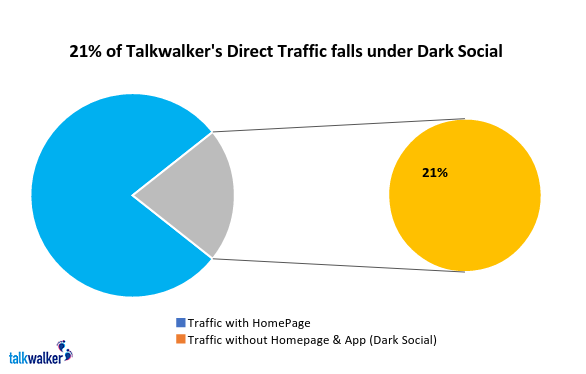
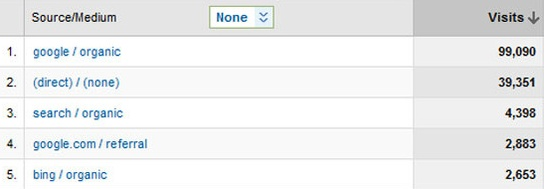
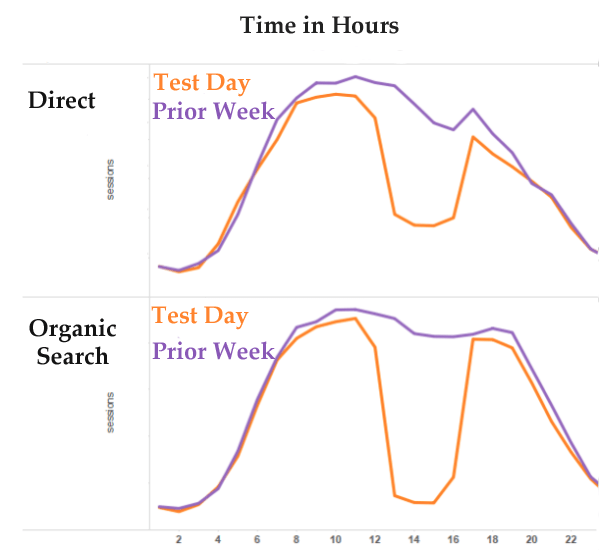
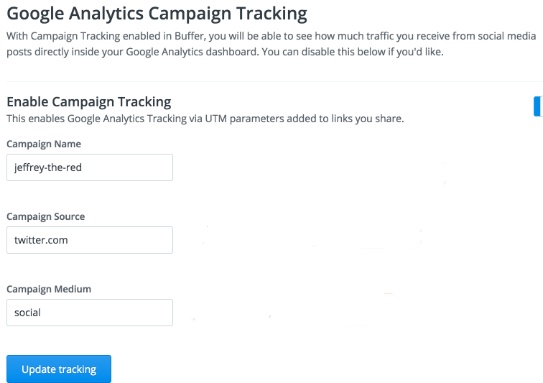
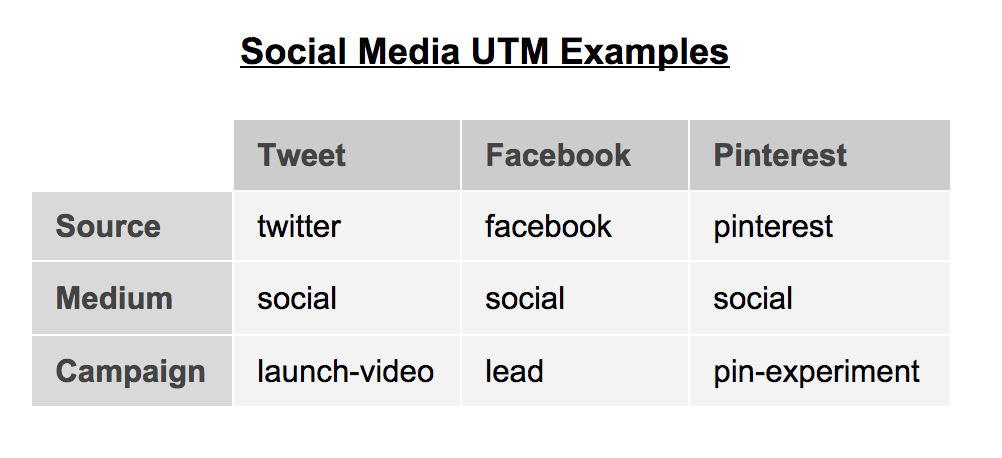
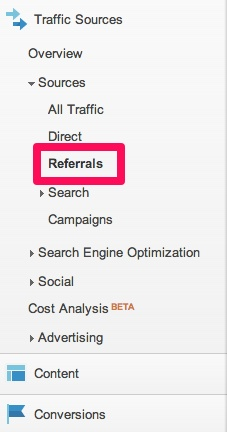
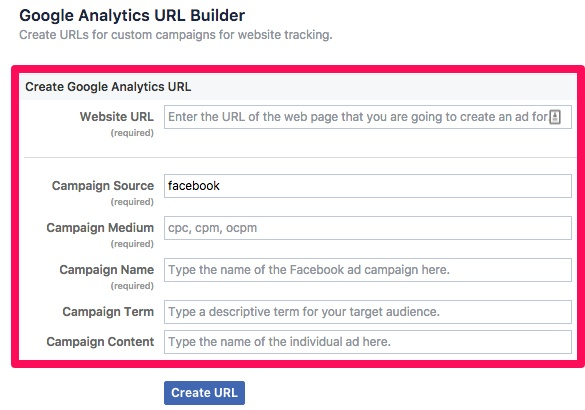
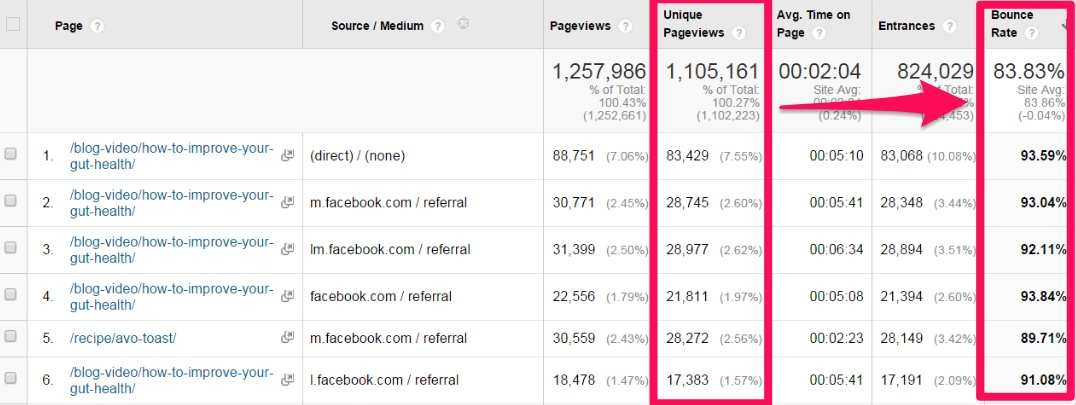
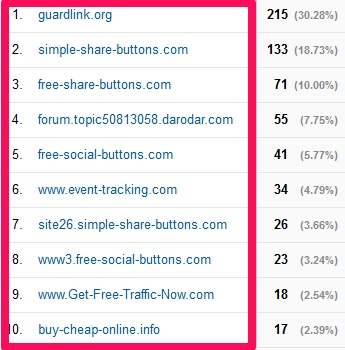
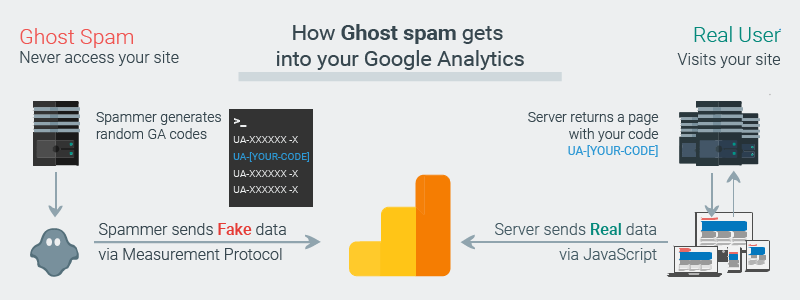
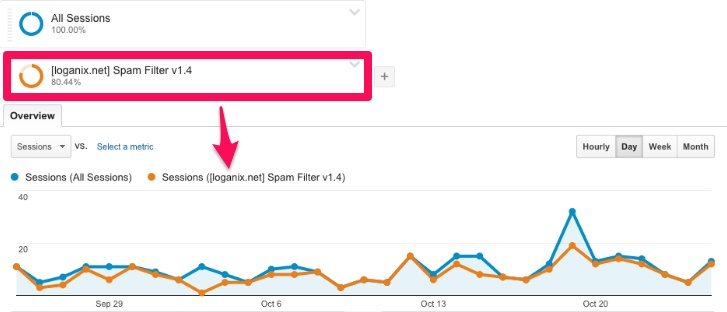
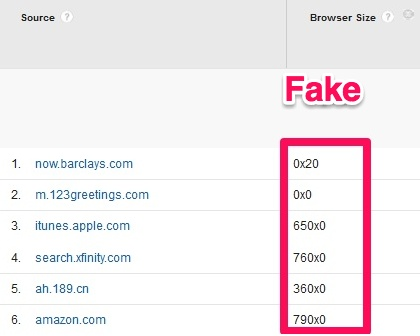
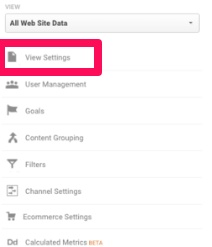
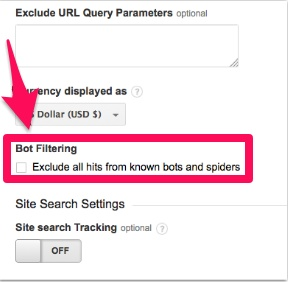
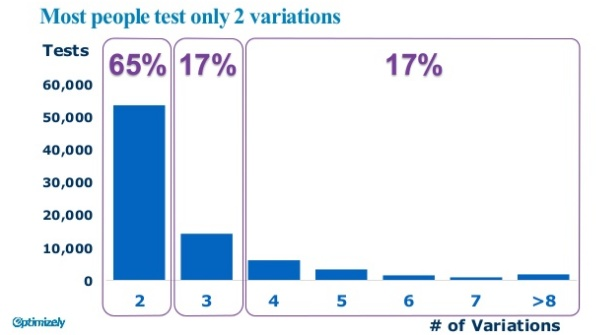
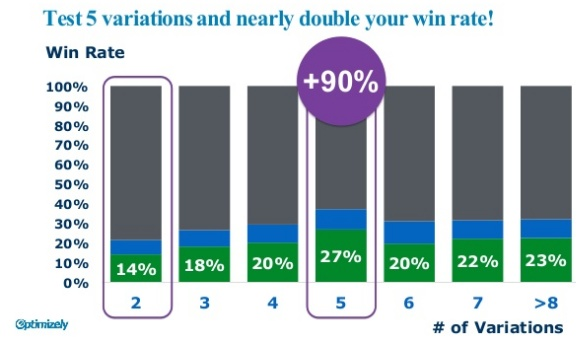

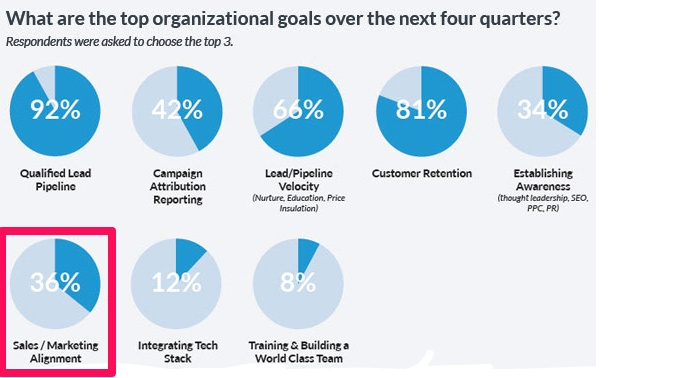
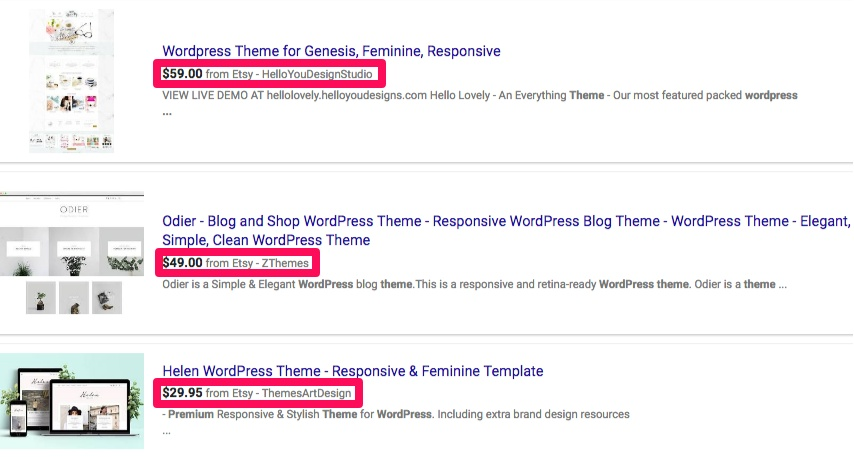
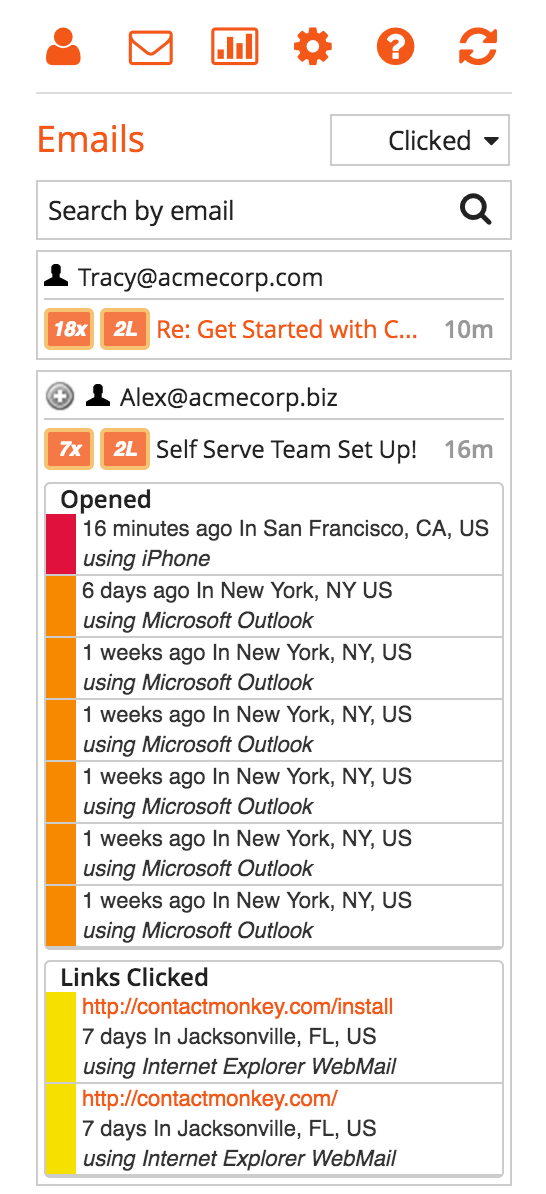
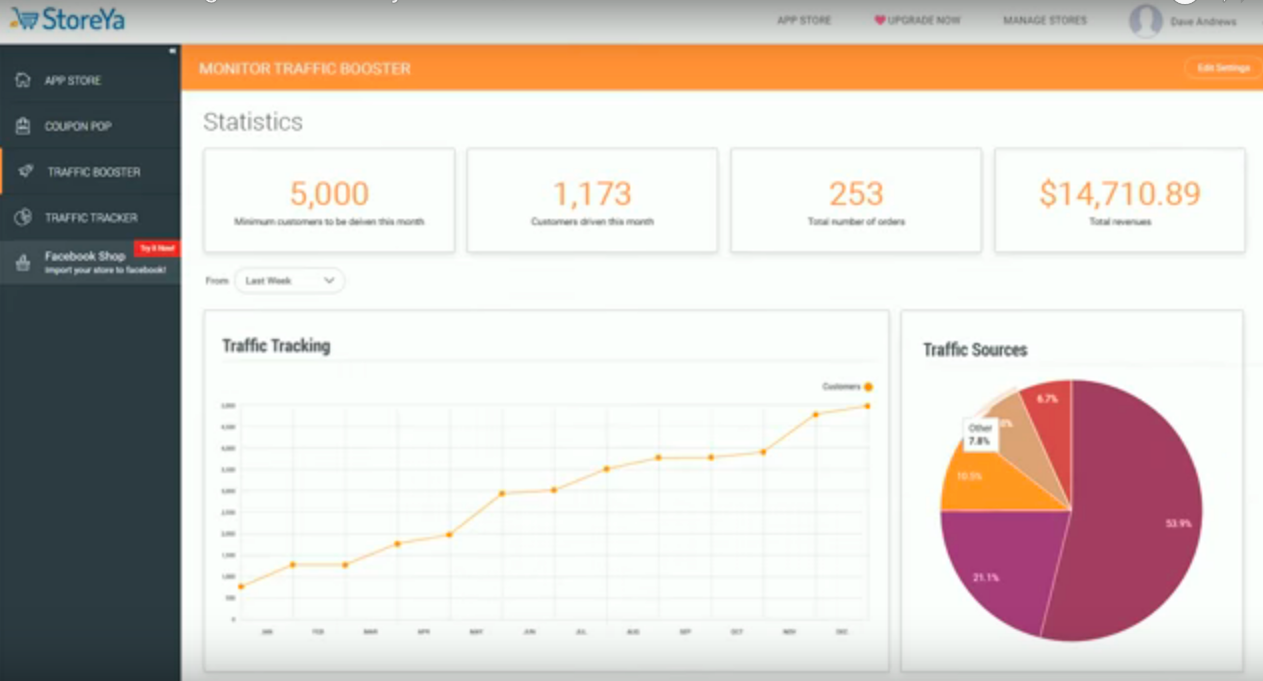
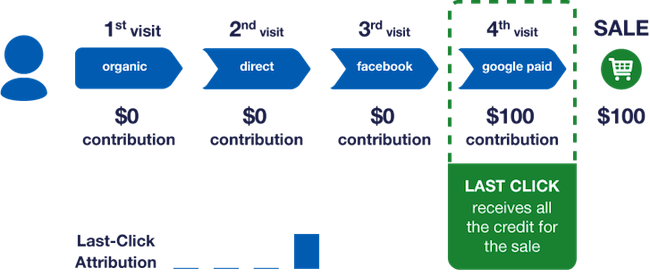

Comments (38)